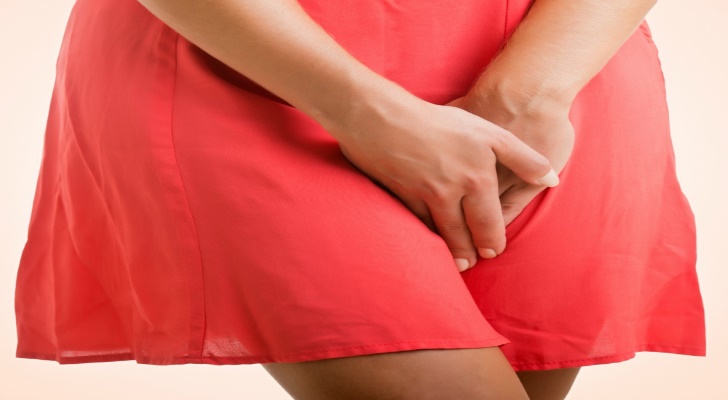
Interstitial cystitis (also called bladder pain syndrome) is described in medical literature as a chronic bladder condition with variable presentation and an uncertain cause. No single curative therapy has been established; sources characterize care as symptom-focused. Core features include pelvic or bladder pain/discomfort with accompanying urinary symptoms that persist for six weeks or longer in the absence of infection.

The underlying mechanisms remain under study. Publications discuss several explored factors, including alterations of the urothelial barrier, neural hypersensitivity or neuroinflammation, and pelvic floor dysfunction. Immune-mediated processes have been considered in some reports. A primary bacterial etiology is not consistently supported, though symptom fluctuation is documented. Coexisting pain conditions (e.g., fibromyalgia or irritable bowel–type symptoms) are described as associations rather than proven causes.

Symptom profiles vary among individuals. Commonly reported features include reduced bladder capacity or pressure sensitivity, urinary frequency and urgency disproportionate to fluid intake, nocturia, and suprapubic tenderness or pain. Many accounts note symptom variability over time.

Epidemiologic summaries report IC/BPS more frequently in adults and more often in women than men. Genetic and physiologic contributors are being investigated. Observational work describes correlations with other chronic pain disorders; these are presented as comorbid patterns rather than definitive risk determinants.

Potential impacts described in overviews include limitations in daily activities, sleep disturbance related to nocturia, and dyspareunia or discomfort with sexual activity. Reports also mention effects on mood and quality of life associated with persistent pain and urinary symptoms.

Diagnostic discussions characterize IC/BPS as a clinical diagnosis made after excluding other conditions with overlapping features, such as urinary tract infection, malignancy, or chronic pelvic pain syndromes. Descriptions reference history, examination, and appropriate testing to differentiate among similar presentations.
Learn more about interstitial cystitis at National Institute of Diabetes and Digestive and Kidney Diseases.

